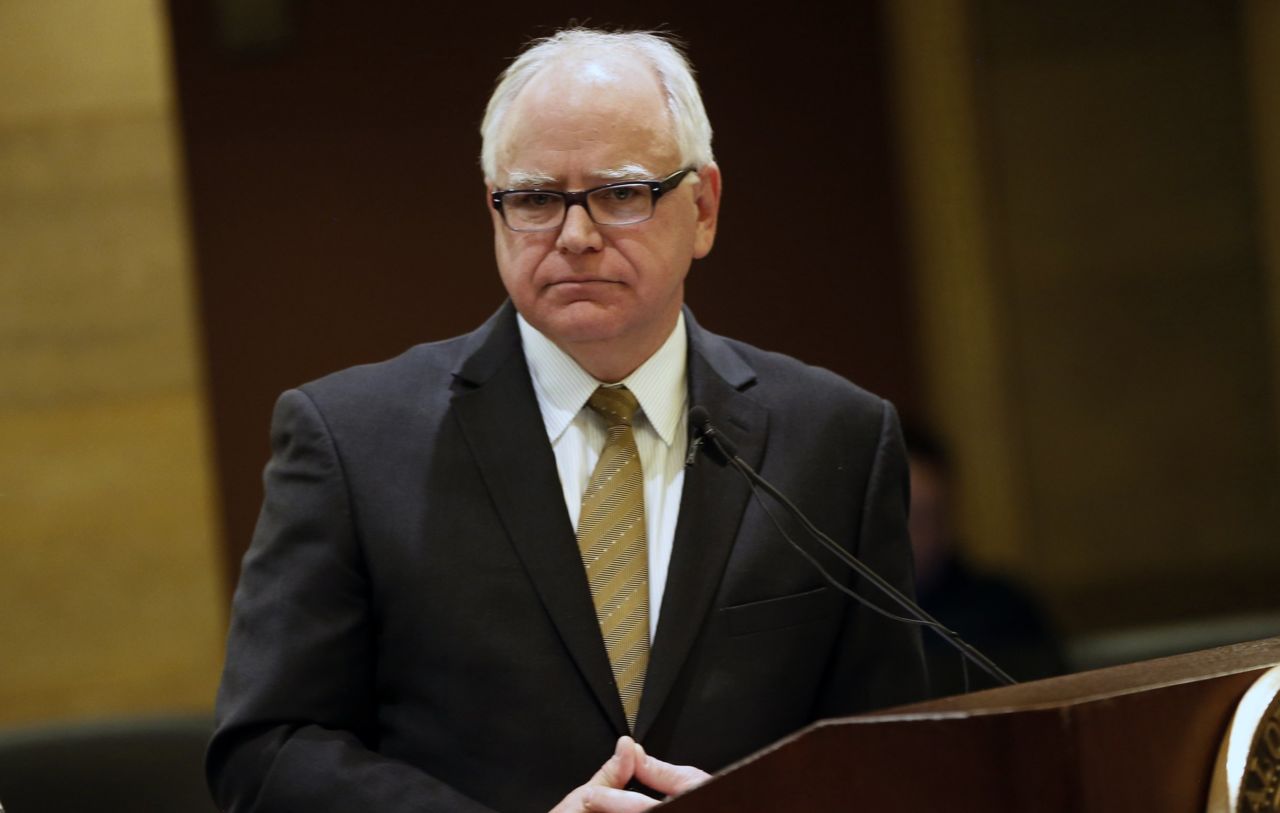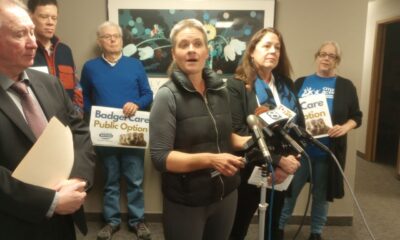Minnesota
Minnesota legislators face expensive health care decisions

MINNEAPOLIS (AP) — There’s been lot of talk at the Capitol about a $1.5 billion budget surplus , but lawmakers are already worrying about how to plug a $700 million hole.
That’s because a tax on health care providers that helps fund Medicaid and the state’s separate MinnesotaCare program is slated to go away at the end of the year.
Finding a solution is one of the top priorities for the 2019 session, which opens Jan. 8. Gov.-elect Tim Walz and leaders of the new Democratic majority in the House want to renew it to maintain a stable funding source for those programs, but the state’s largest doctors’ group is touting an alternative that might be politically palatable to the tax-averse Senate GOP majority .
As for that one-time $1.5 billion surplus, most of the discussion so far has been about how to spend it on one-time projects, such as road and bridge improvements, and other needs.
Here’s a look at some top health issues facing the Minnesota Legislature:
THE PROVIDER TAX
The Legislature enacted the tax in 1992 to support programs including MinnesotaCare, which covers the working poor, and Medical Assistance, the state’s name for Medicaid. Those programs now serve over 1 million residents, noted Nan Madden, director of the Minnesota Budget Project, an initiative of the Minnesota Council of Nonprofits. The tax on 2 percent of gross revenues applies to thousands of health care providers big and small.
Lawmakers voted in 2011 to repeal the tax starting in 2020 under a compromise between Democratic Gov. Mark Dayton and a GOP majority to end a 20-day government shutdown. The question of how to cope with the loss of what’s now nearly $700 million annually got kicked down the road.
Walz and Democratic leaders want to renew the tax. Madden said renewal would preserve a stable source of funding when federal funding is less reliable.
But Republicans have long derided it as a “sick tax” that they say results in higher costs for everyone. The GOP holds just a one-seat majority in the Senate.
Sen. Jim Abeler thinks he has a solution. He plans to introduce a proposal from the Minnesota Medical Association to replace the provider tax with a 2 percent “fee” on claims processed by insurance companies and administrators of self-insurance plans. The Anoka Republican acknowledged that calling it a fee instead of a tax has echoes of 2005, when Gov. Tim Pawlenty called a tobacco tax increase a “health impact fee” because he had pledged not to raise taxes.
Abeler, a chiropractor, said one of the big criticisms of the provider tax is that it’s a 2-percent direct hit on patients of smaller providers like him — as well as of dentists, psychologists, counselors and opticians. They often pay out-of-pocket if their insurance doesn’t cover those services. Big care systems just pass the tax through to insurers.
MMA lobbyist Dave Renner said the fee, which the association calls a “claims expenditure adjustment,” would be easier for the state to administer because far fewer entities than the current 8,000 providers would have to pay it. He acknowledged that keeping it at 2 percent would raise about $100 million less annually than the current tax, but said it would be enough. And he agreed that an “assessment” could be an easier sell than a tax.
MINNESOTACARE BUY-IN
Walz and other Democrats want to let all Minnesotans buy into MinnesotaCare, an idea that Dayton promoted as an alternative to the individual private insurance market.
But Republican leaders say it would hurt providers, especially struggling rural hospitals and clinics, because MinnesotaCare pays them less than insurers do.
How much the “public option” would cost the state is in dispute. The Dayton administration had said nearly all the costs would be covered by premiums from new enrollees.
REINSURANCE
Minnesota’s reinsurance program to help insurers hold down premiums in the individual market is also up for renewal, and it might not be as heavy a lift.
That’s because premiums are projected to fall as much as 28 percent in 2019, and there’s likely to be leftover money from the $549 million that the 2017 Legislature appropriated (partly from provider tax money), and Republicans are strong supporters.
The reinsurance pool helps insurers offset claims from patients with unusually high expenses. The state Commerce Department has said that lawmakers will have to either put up more money or come up with an alternative for keeping rates stable.







